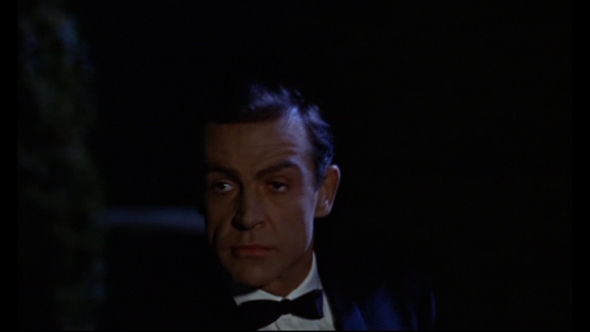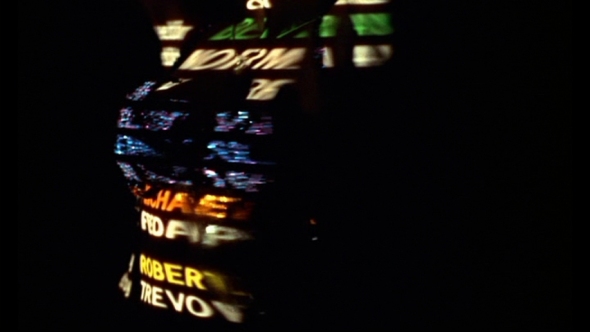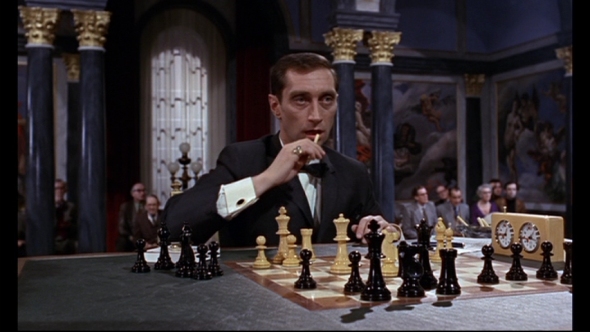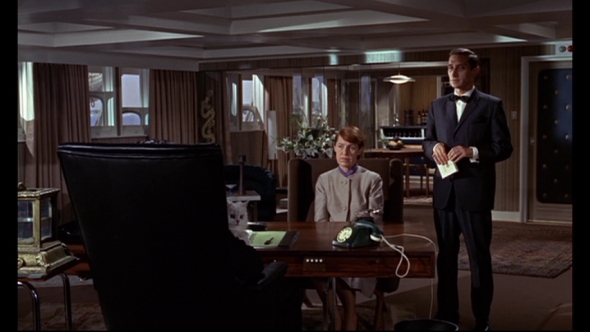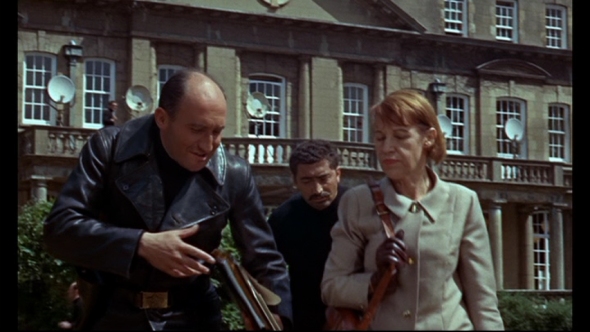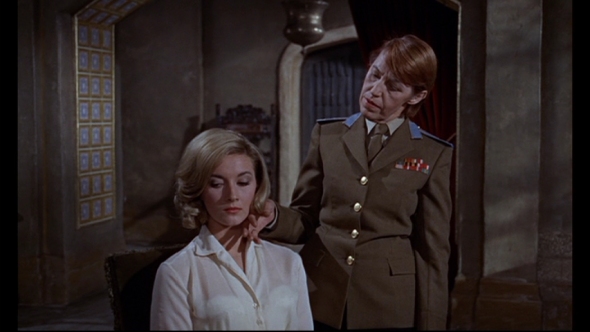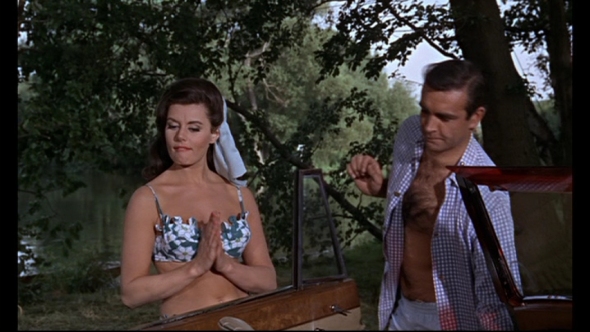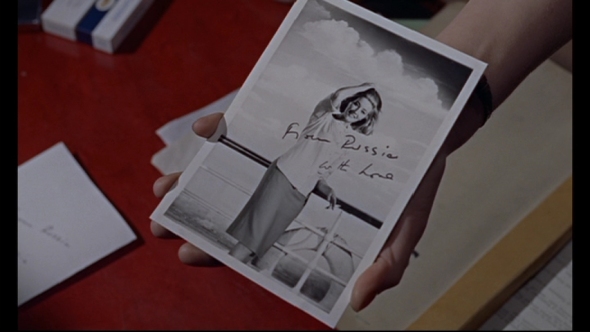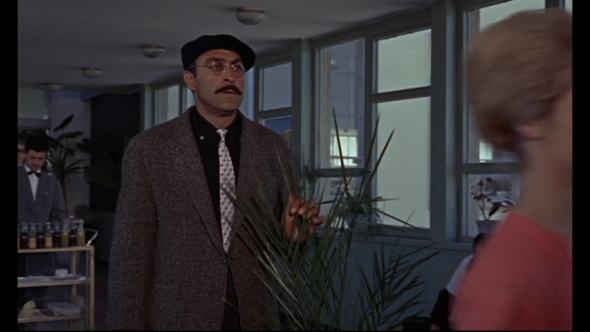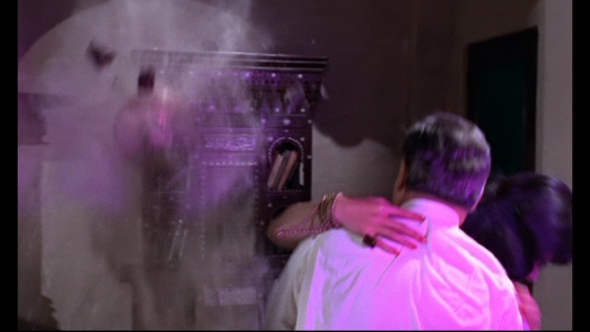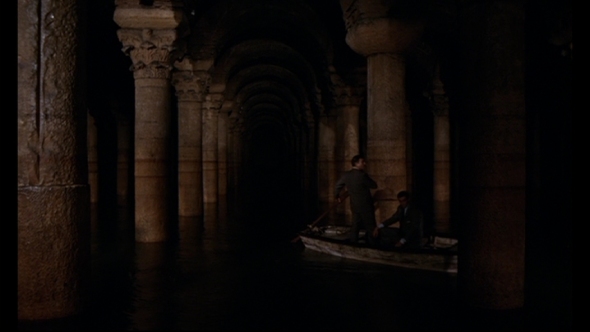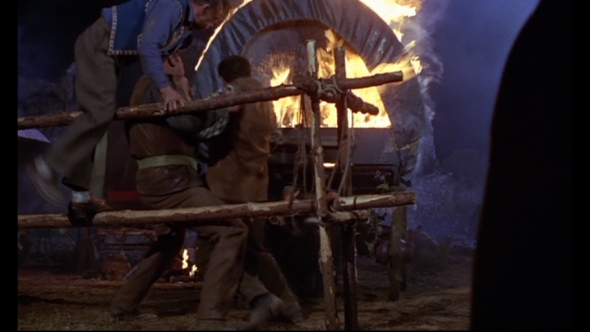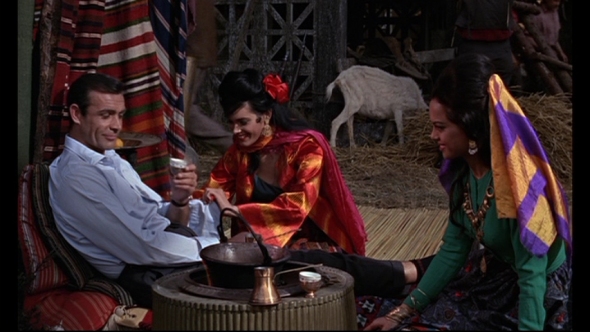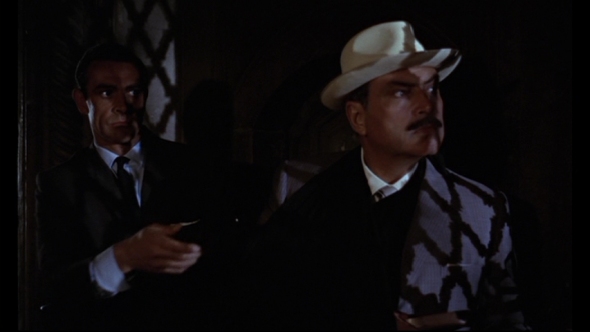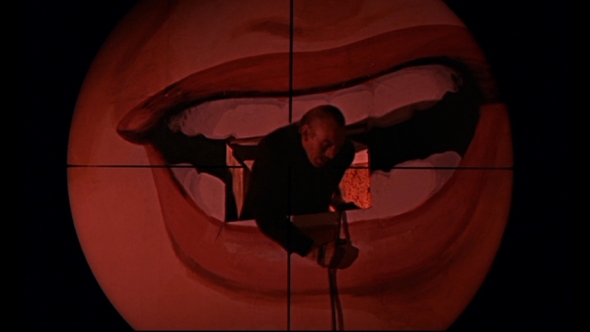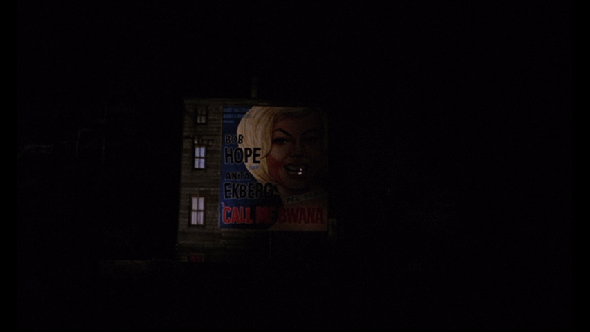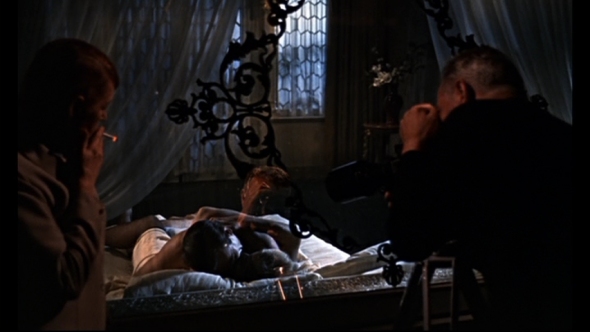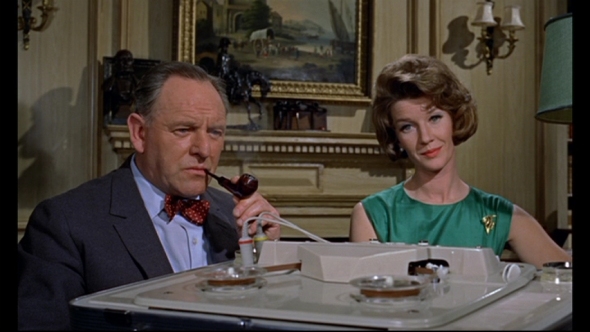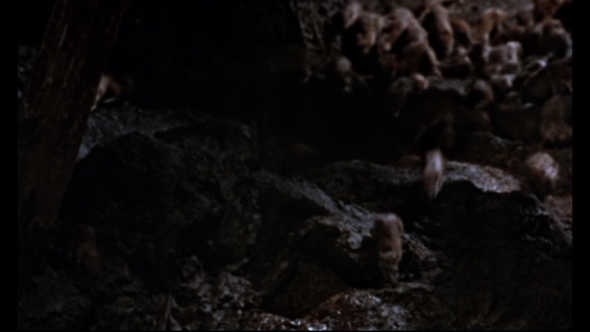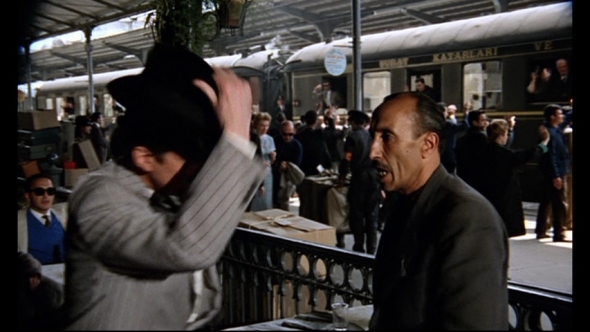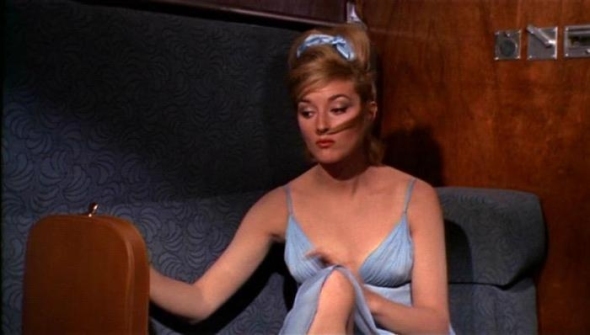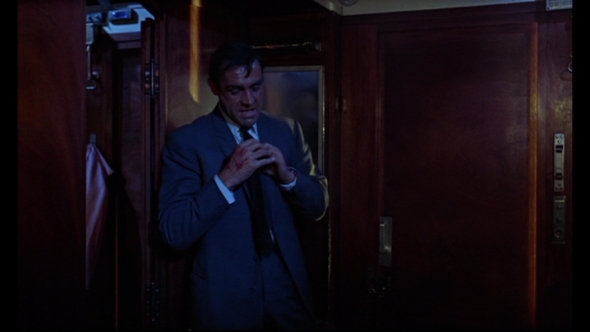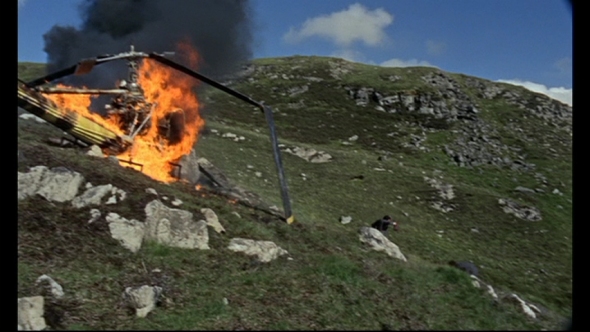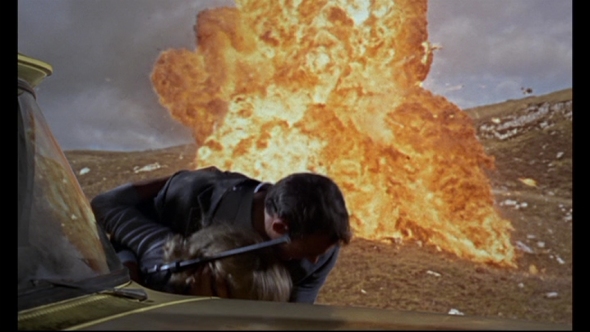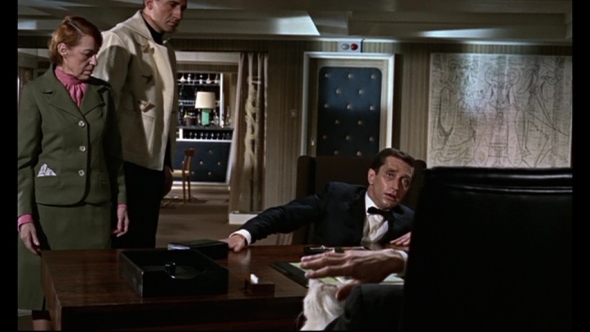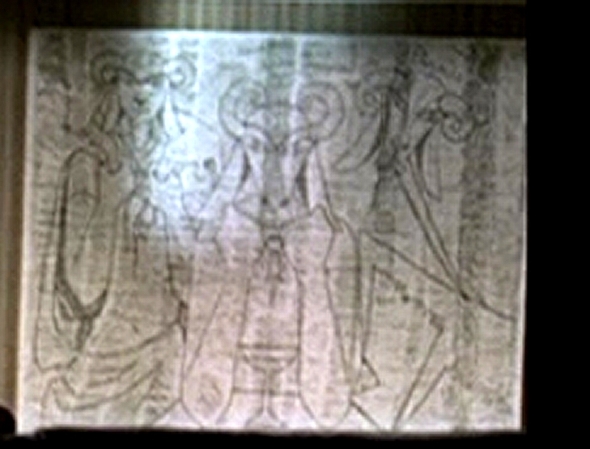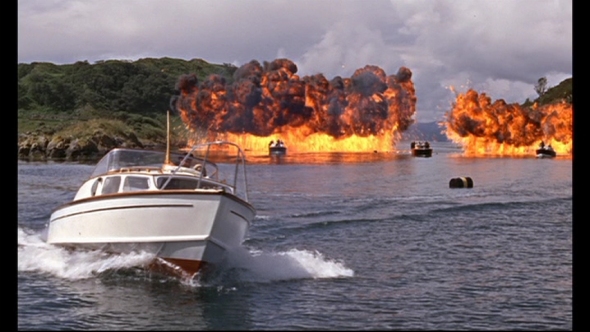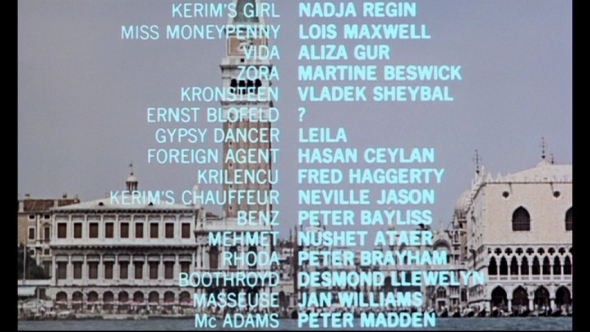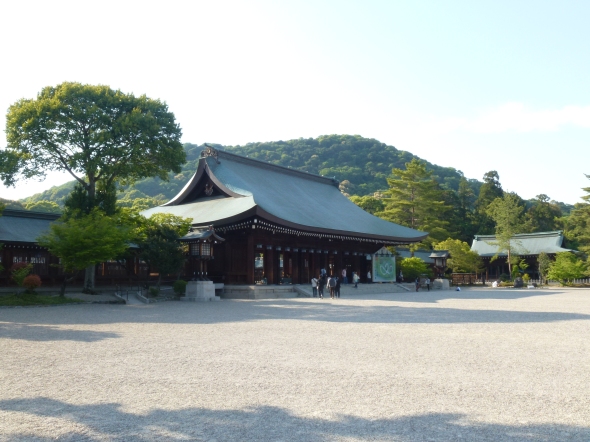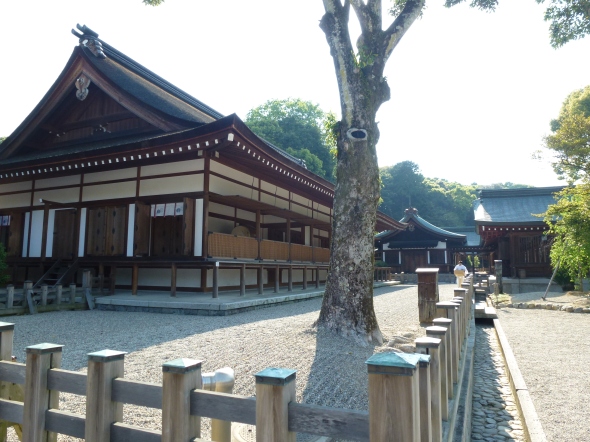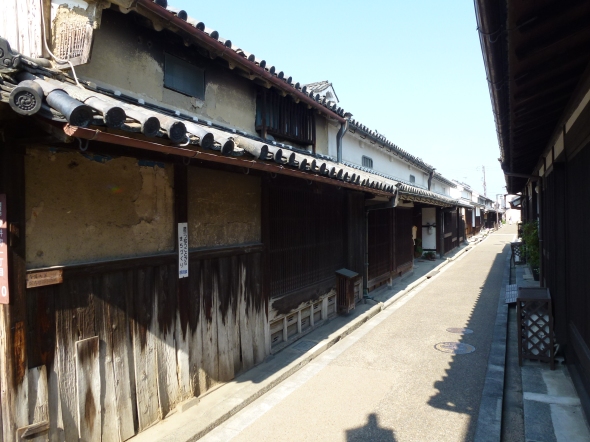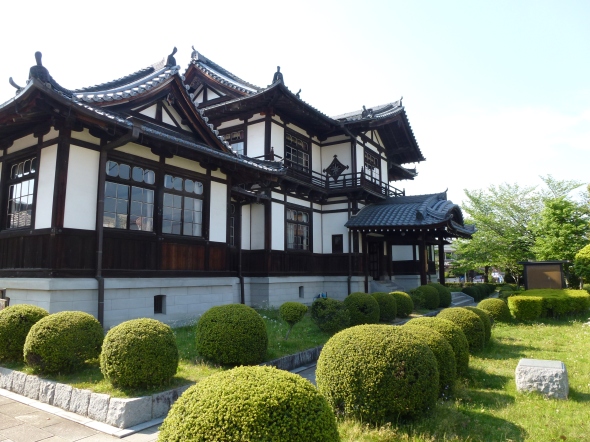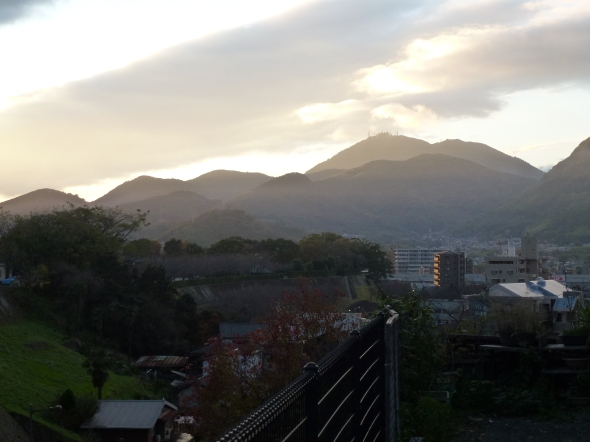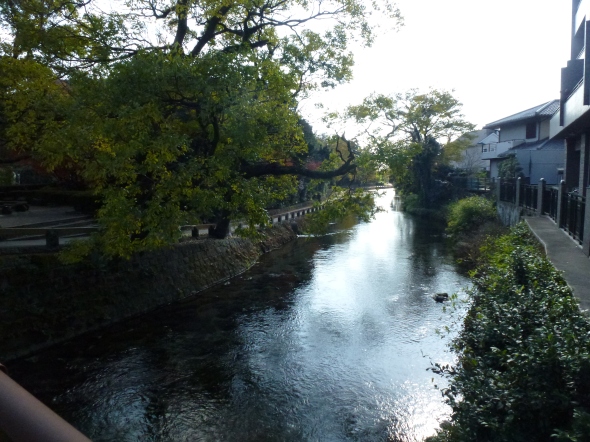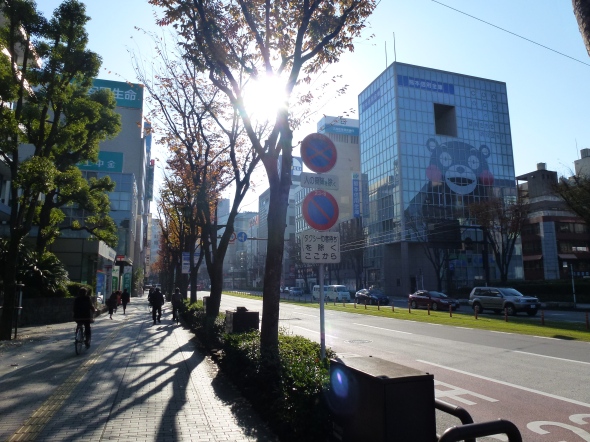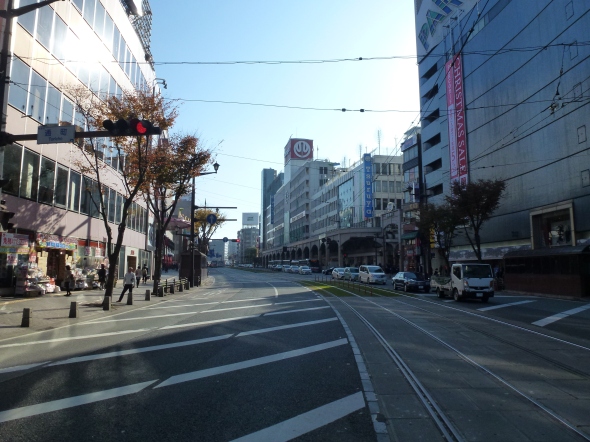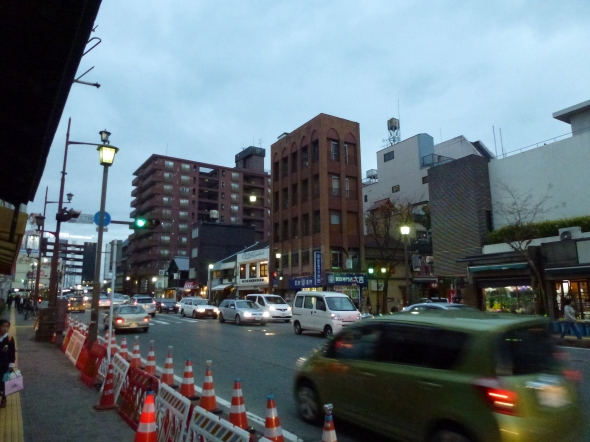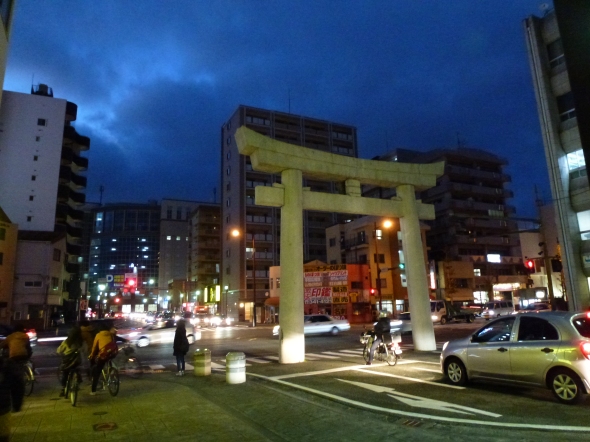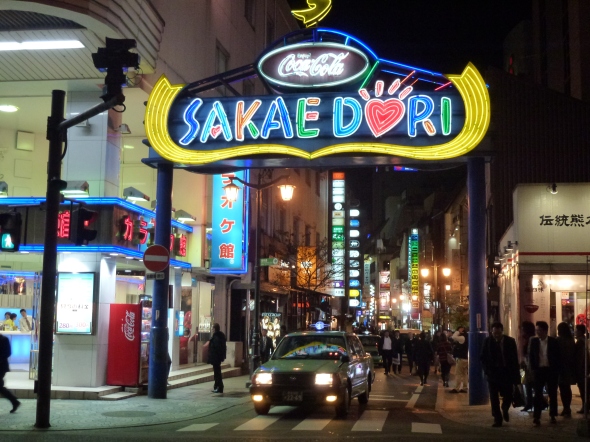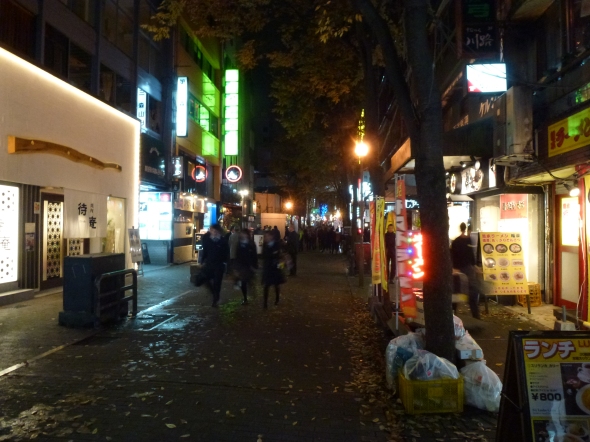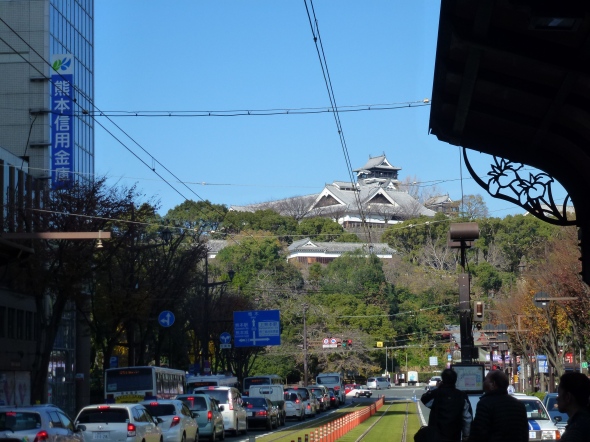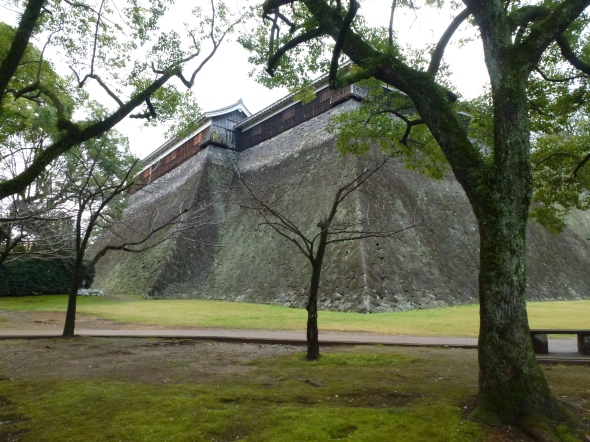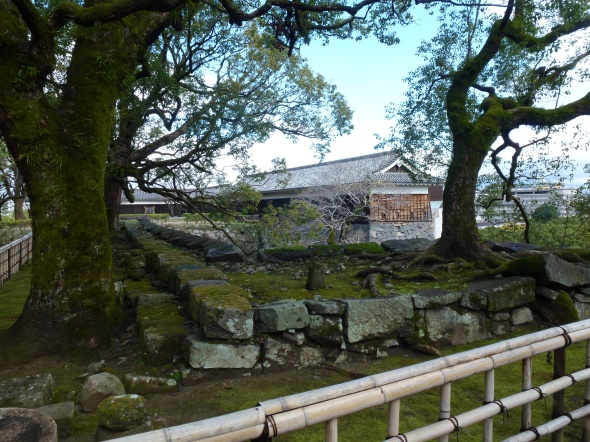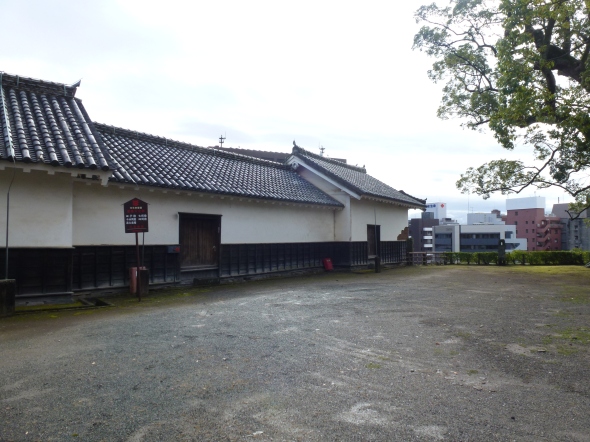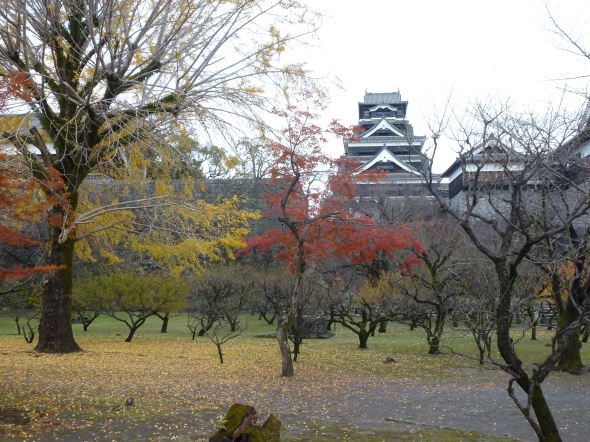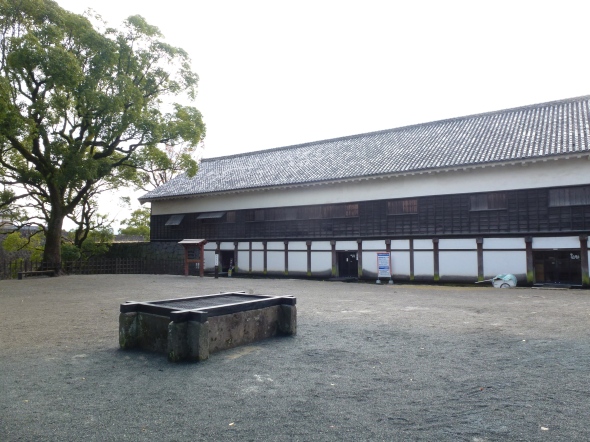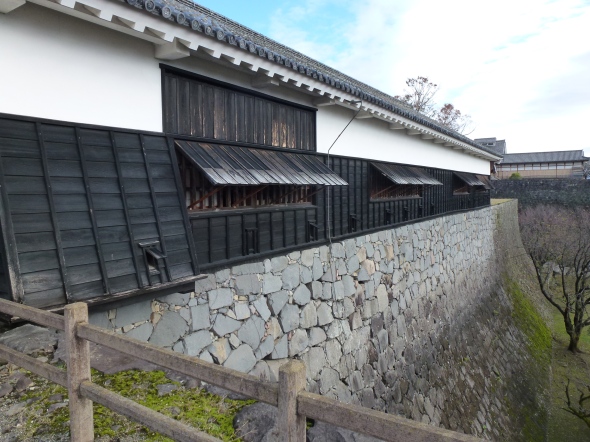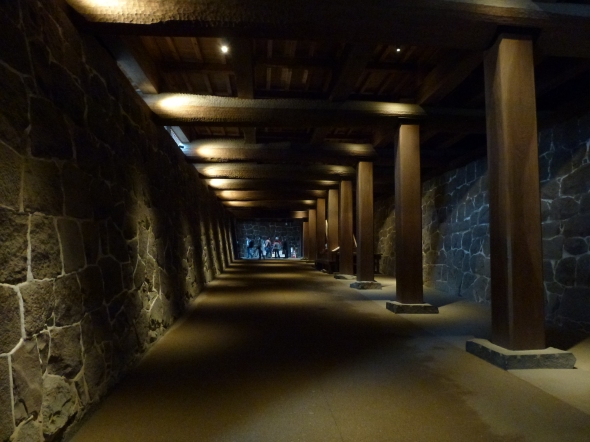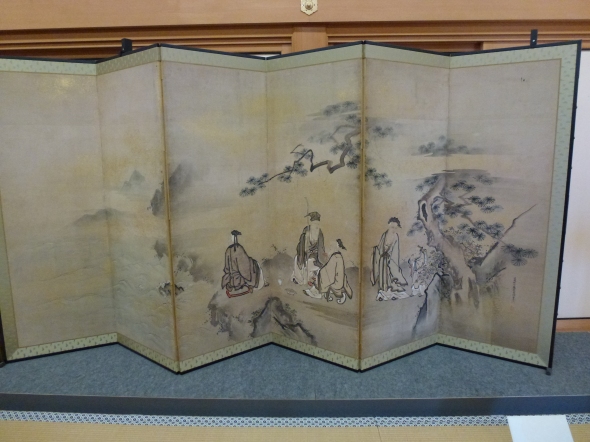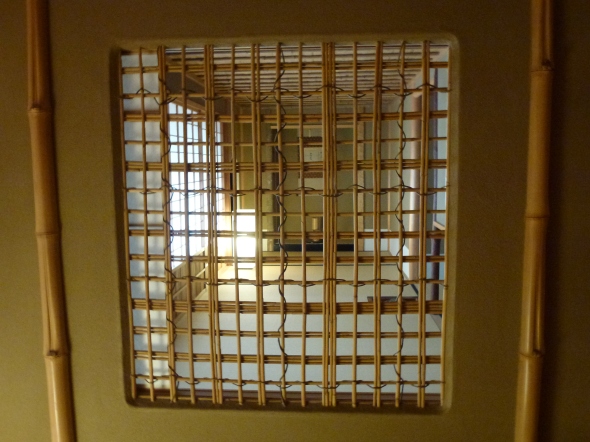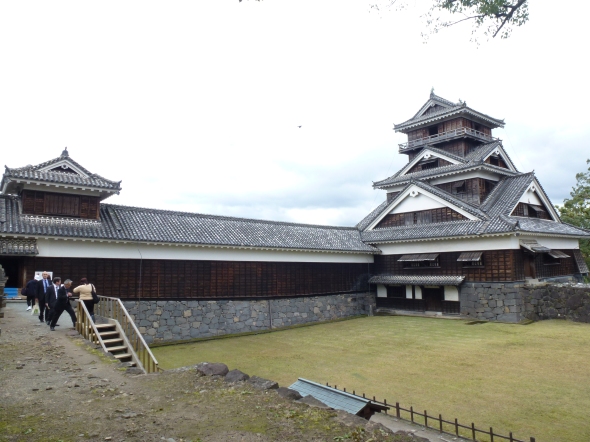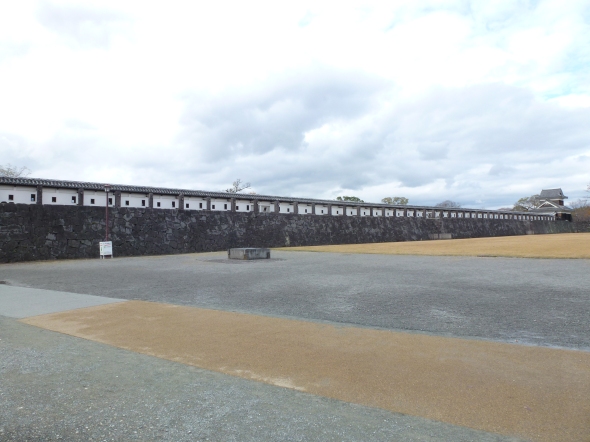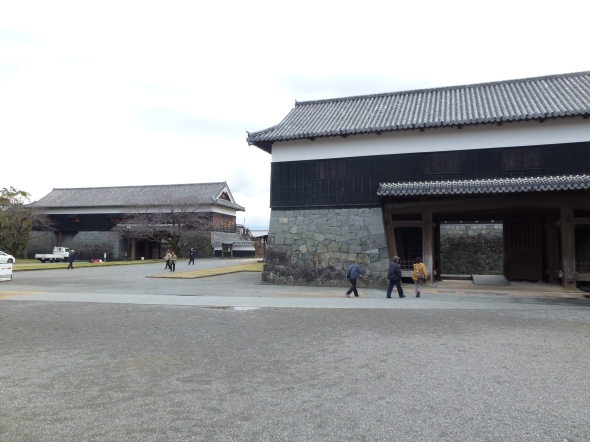DISCLAIMERS:
♣ Spoilers. All the spoilers.
♦ While I try to keep things tame on my normal posts, I will get very profane here.
♥ All screen captures fall under the rubric of Title 17, Section 107 of the United States Code as regards Fair Use of copyrighted materials for critique and parody.
For the first entry in In Too Deep, let’s dive right in without too much prefacing. Cold open, if you will.
So it’s 1962. Maybe you’ve read the Ian Fleming novels before, or maybe you’re just here for an action flick. But even if you know “Dr. No” the book cover to cover, nothing can prepare you for…
THE INTRO
Sci-fi electronic bloops and a wandering white circle like a searchlight give way to strangely placid chimes and a well-dressed man walking through empty space, seen through the barrel of a gun. He suddenly leaps to action and fires at the camera, the odd calm shattered by a loud gunshot. A wash of stylized bright blood comes down in silence. Then BAM! The triumphant, arrogant brass swell of the theme song!
Yes, it’s “The James Bond Opening.” Everybody knows “The James Bond Opening”, even if this one is a little different from the rest to come. But still, what the hell just happened? When you break it down, it’s an extremely surreal sequence. An abstract, stylized representation of assassin vs. assassin, rendered in the visual imagination of the 1960s. I really wish I knew how it felt to see something like that for the first time, more than half a century ago.
The credits are equally as stylish and abstract, with super-mod Technicolor shapes flashing in futuristic technological arrays, set to that classic Bond surf guitar. Though maybe it does look a little bit like a screen saver these days.
But then suddenly we’re in another credits sequence entirely, featuring tropical percussion and multicolored dancing silhouettes. And then it transforms into yet another sequence, with three blind men feeling their way past…a giant Mondrian painting out of focus? With a Caribbean-flavored rendition of “Three Blind Mice”?
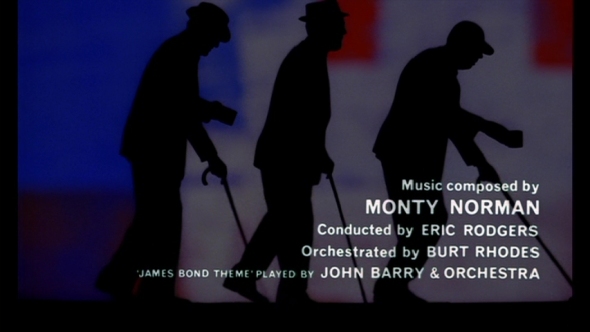
“The people responsible for the credits have been sacked. The credits have been completed in an entirely different style at great expense and at the last minute.”
Maybe the credits feel like three different sequences because the James Bond Theme is great but honestly pretty short, and they didn’t have any separate full-length songs ready to fill out the time. And if you have to keep shifting the music, might as well change the visuals too.
They could have used “Underneath the Mango Tree” though. Lord knows we’ll be hearing it so many times, it might as well be Dr. No‘s theme song.
This may be a lot of time to spend on the movie before it’s even truly started, but the intro and credits sequences are a staple of the 007 series, so it’s only proper to take a good look at them.
ANYWAY
ON TO THE MOVIE
The credits segue very smoothly into the film as the three blind beggars jauntily feel their way through Kingston, Jamaica now that they’re out of the art gallery. Huh. This is odd. I thought we were in a James Bond movie. Why does the tone feel so different?
The three make their way to an exclusive gentlemen’s club, wherein are four very proper British men playing bridge. One of the fellows, a Strangways, excuses himself early to take a business call. He meets the Mice on his way out. As it turns out, they’re assassins and not blind at all, and blow him away with silenced gunfire before absconding with the body in a well-timed getaway hearse.
They drive to his house, where a woman is preparing to send a secret message via hidden radio. They smash in and coldly kill her too, but seem completely uninterested in the radio set- only the documents, especially a file titled DOCTOR NO.
Dun dun dunnnn!
Cut to a gloomy London twilight.
Inside a nondescript office building, a room full of busy radio operators. Strangways has of course failed to report, but the radio is still running, ruling out an electric failure. Foul play? The message is quickly relayed up the ranks, and the mechanism of MI6 moves into action.
Who ya gonna call? James Bond.
A fancy-ass London club, full of smoke and high-stakes society gamblers. So exclusive even the operative looking for Bond has to wait at the entrance. At a packed baccarat table, a striking woman in a red dress is the center of attention as she brazenly plays for high stakes, only to get cleaned out by a mysterious stranger. He asks her name: “Trench, Sylvia Trench”.
And then yeahhh, there it is. Sean Connery, cool and aloof like an old noir character, cigarette drooping from his mouth. “Bond, James Bond”. One of the greatest film introductions ever.
Though wait…is Bond just mimicking her introduction? Is Sylvia Trench arguably responsible for that famous line?
They definitely seem like kindred spirits as they banter and up the ante. The calling card from MI6 comes, and she eagerly follows him right out as he cashes a fat stack of cash. They’re really coming on to each other, and arrange a date for another day.
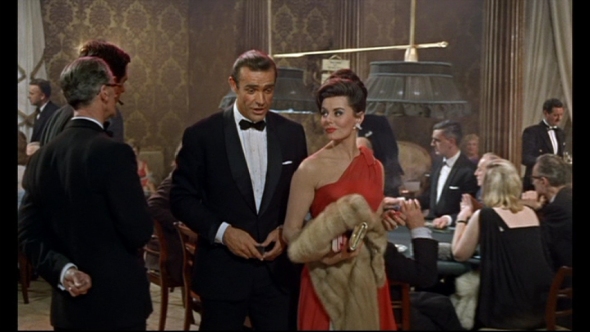
Entering the Universal Exports office we meet Lois Maxwell’s Moneypenny, one of the long-running characters over at MI6. As chief M’s secretary, she’s the intermediary and liaison between Bond and the top. She and Bond are apparently very close, as they enjoy bantering and teasing one another. But she seems a lot more like an old friend than a hopeful lover. I really want to know how they met…
007 enters the posh office to be briefed by an acerbic M played by Bernard Lee, another long-standing actor in the series. As it turns out, Strangways was an important agent on a mission with the CIA, investigating a mysterious signal that seemed to be sabotaging the guidance systems of American rockets. In comes Boothroyd “The Armourer”, who is not Q and definitely not Desmond Llewelyn (the third piece of the MI6 equation). M asks Bond to take off his jacket, and Bond gives him an unusually surprised look, like he asked him to take off his pants instead.
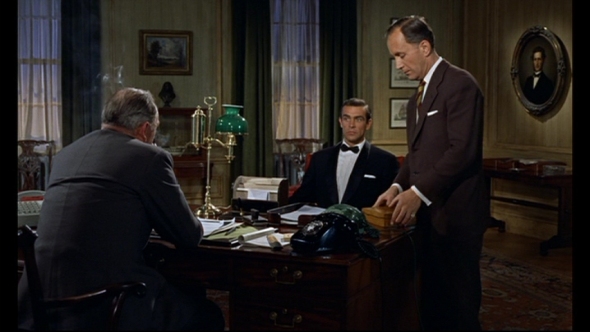
“On the first date, sir?”
It’s about his pistol. He’s being forced to retire his old trusty Beretta from the 1950s for the Walther PPK, the sidearm he’ll become famous for. There’s an extremely bizarre dialogue dub where M’s voice stiltedly says MI7 when his mouth clearly says MI6. MI7, the defunct pre-WWII propaganda section? Why? They can’t have really been trying to avoid mentioning MI6 for politically sensitive reasons, can they? After all, it’s too late for that- the film already mentioned them in the radio room. Actually, the dub is so crammed in it sounds more like he’s saying “M.I. Seconds”.
Bond gets back to his lush, expansive apartment (Jesus, how much would a place like that cost in 21st-century London?), and immediately gets the sense someone’s broken in. It’s Sylvia, just playing golf in his flat to pass the time like it’s no big deal, even though she wasn’t invited that evening. He has to go in a few hours, but she convinces him to take a little break first. Woman’s got gonads of steel.
Funny, isn’t it? The first woman James Bond beds in the movies, and she’s the one who really puts the moves on him. There have been some good leading ladies, and even some crafty spies among Bond women. But in this very first outing, we already have a decent approximation of an actual female James Bond, in attitude if not in profession.
A quickie, and then off by Pan Am to Jamaica! Fresh off the plane, everyone seems suspicious. A tall guy with sunglasses hanging around and hiding behind a newspaper, a young photographer who tries to snap Bond’s face, and the slightly awkward driver sent to pick him up all seem to be creeping on 007. Getting a hunch, he telephones the capitol to ask about the driver they sent…and they haven’t sent anybody. Bond gets this dastardly grin, and gets in the car anyway. He’s in his element, after all.
The cinematography is perfect, with nice long takes, great composition, and tons of details. It took me a few viewings before I realized just how many times the photographer is hanging around in the background. Check it out- she’s the one in turquoise!
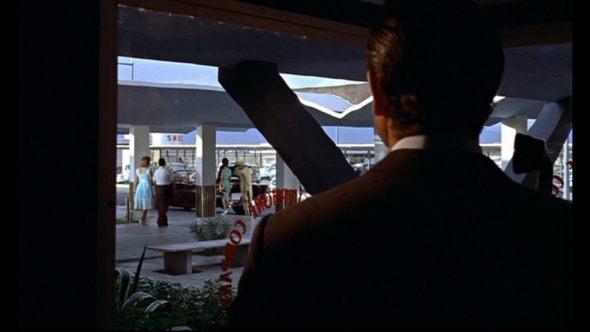
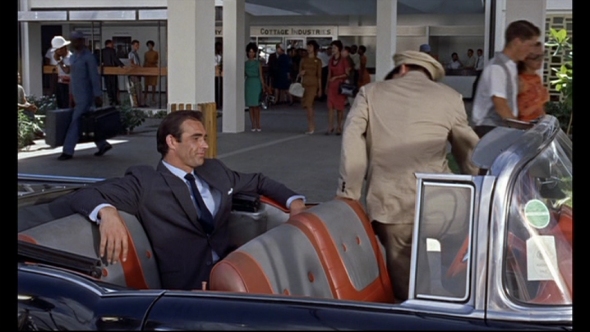
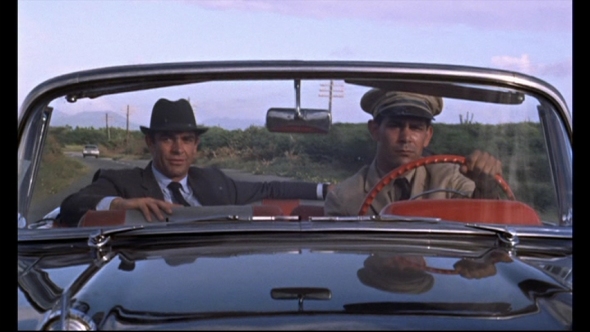
And that’s actually not rear projection- a rarity for the sixties!
Sunglasses Guy gets in a car of his own and hurries after them, but Bond’s driver quickly loses them on a country side road. The driver clearly isn’t a professional goon, however. He’s very nervous and a bad liar, and Bond kicks his ass easily when he goes for a pistol. But his agent instincts surprisingly fail him when he lets the guy take a final cigarette, and he takes some hidden cyanide. Sloppy work, Jim.
He brings the car, dead body and all, right to Government House like it’s no big deal. On consulting with the colonial officials (oh yeah, this was when Jamaica was still a British colony!), it turns out the driver wasn’t Jamaican and his car was stolen. Time to dig deeper. Checking out the crime scene at Strangways’ house, Bond notices a receipt for a geological sample test from a Professor Dent, one of Strangways’ bridge partners.
The police commissioner doesn’t know why he’d want a rock sample tested, though. There’s also a fishing picture of Strangways with a boat pilot who happened to be Sunglasses Guy’s driver earlier. Curious indeed.
After all that, it’s finally time for 007 to freshen up and unwind with a martini before meeting Strangways’ bridge partners, apparently the last people to see him besides the killers. But first, he thoroughly inspects his room and lays down little bits of powder and hair so he’ll know whether anyone’s been trespassing while he’s away. It’s neat to see James Bond doing some real detective work, being deliberate and resourceful.
Meeting with the players at the club, Dent raises a few eyebrows right away when he makes a comment about Strangways’ late secretary, the secret radio operator. He’s “seen her around?” I thought she was new on station…
Anyway, Strangways had become obsessed with fishing recently, and his chartered pilot, the man in the photo, was named Quarrel.
Bond goes to the docks to see Quarrel, but the man just stonewalls him, refusing to give a straight answer about anything. He follows Quarrel to a beach bar where Quarrel seems to know the owner, nicknamed “Puss-Fella”, very well. Quarrel agrees to talk with Bond in a supply shed, only for him and Puss-Fella to hold him at knifepoint. A good fighter, 007 throws them off with his judo-fu, only to be held up by the man with the sunglasses. It’s actually Felix Leiter! Him, Quarrel, and Puss-Fella are all working for the CIA, and were only creeping on Bond because they suspected he was a mole.
So everyone’s been working on the same case this whole time?! Jesus, MI6 and the CIA really need to work on communicating better with each other! That’s what allies are for! All this mutual suspicion could have really ruined everyone’s shit if one of them ended up killing another!
Well, water under the bridge.
Later that night, Puss-Fella is hosting a big dance party where Bond, Leiter, and Quarrel confer at a private table. The suspicious photographer with the smoldering gaze is there as well.
Also this guy on the left.
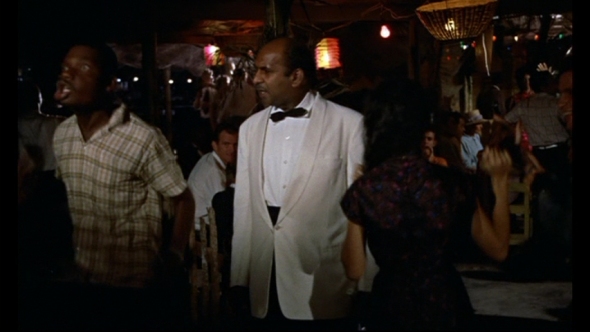
Puss-Fella: “WTF…?”
Everyone’s getting into the music, but this guy is just freaking out and going insane! You can even see from the screencap, some of the other extras are just looking over their shoulders in sheer bemusement. Is that just how this one guy always dances? Did someone spike his drink? Put a big spider down his pants?
Or maybe he just decided to relish his time as an extra and photobomb the movie.
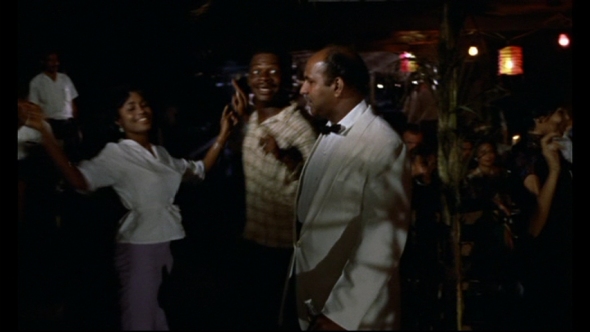
Time traveling Eddie Murphy?
Whatever the case, your screen presence lives on, Uncredited Crazy Dr. No Dancing Guy! Bravo.
Aaaanyway…
Back to the serious business. With the Space Race in full swing, NASA is very concerned about the success of its upcoming moon probe, and the agents are running out of time to ferret out the rocket interference. Their conversation is interrupted by the snooping photographer who grabs a picture of them all at the table and swiftly moves on to…
Okay, not all serious business. The Dancing Guy is still at it.
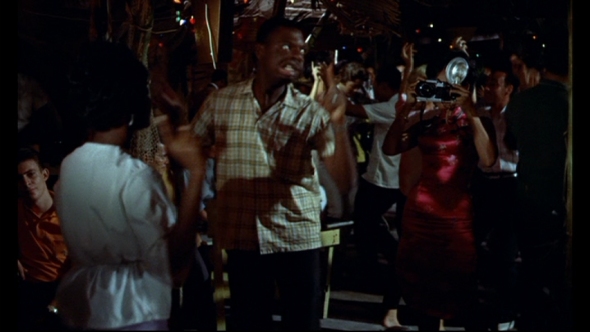
I’m really glad the filmmakers gave him another scene. Bless you, man.
Quarrel brings the photographer over to the table so Bond can check her film. Fiercely defiant to the end, she sticks to her story and goes so far as to cut Quarrel up with a broken flashbulb. He shrugs it off like a boss, but there’s nothing they can get out of her, so he turns her loose.
Back to the conversation: in their search for the interference, Quarrel and Strangways had trouble with an island called Crab Key, owned by secretive Chinese magnate Dr. No, who mines aluminium ore there. Security is suspiciously tight: fishers and sailors disappear there, and they even have a search radar. Crab Key is where Strangways took his samples, the ones for which Professor Dent sent him that invoice. Now we’re getting somewhere.
Returning to his hotel, 007 is nearly bumped off by the Three Blind Mice hiding in the shadows. A passing car is the only thing that saves him, when they duck to avoid being spotted.
The next day, Bond visits Dent at his laboratory and shows him the sample invoice. The Professor explains geology was a hobby of Strangways’ and he was looking for valuable stones or minerals. But wait…remember during the investigation of Strangways’ house, the commissioner mentioned the spy had had no apparent interest in geology. Bond’s got that wolfish smirk again…he knows Dent is lying.
Sure enough, Dent is in on something. Bond’s little visit has spooked him, and he rushes off to the feared Crab Key even though he’s breaching a very strict protocol against traveling in daylight. For a bauxite mine, there sure are a lot of men with submachine guns.
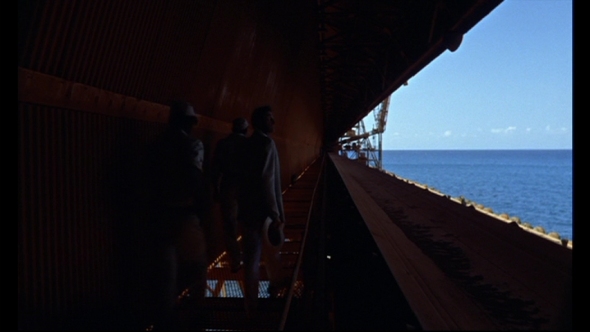
Great one-point perspective
The tense sense of anticipation builds- we’re going to meet the Big Bad at last.
Enter an expressionistic, surreal empty room where the only visible furniture is a wooden chair in the corner. Dent seems like a scared little man, shrinking into his chair as the deep, dour, menacingly calm disembodied voice of Dr. No dresses the professor down for his lapses. Is No in the room too, or is he only talking over a speaker system? The cinematography of this whole sequence is fantastic.
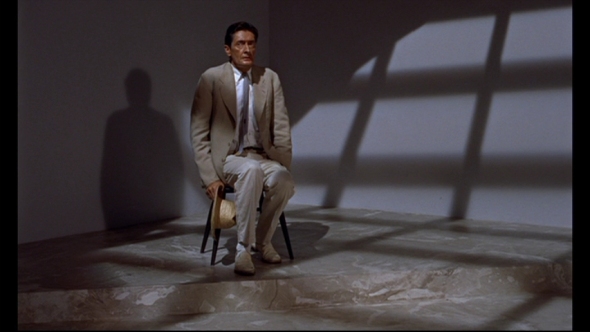
“Go sit in the corner. You’ve been a very bad boy.”
No directs Dent to the only thing else in the room, a simple table with a big spider in a cage, which he handles gingerly.
“Tonight.”
I’ve heard complaints about how long Dr. No takes to actually introduce even the mere voice of its villain, but I think the pacing is great with that slow, deliberate buildup. As we shall see in a later movie, it’s far far better than the opposite: showing us everything way too soon. This is the point where James Bond enters full swing, blooming from a gritty, intimate detective story into a world of impossible lairs and supercrooks.
Back at the hotel. The attendant eagerly watches him go to his room.
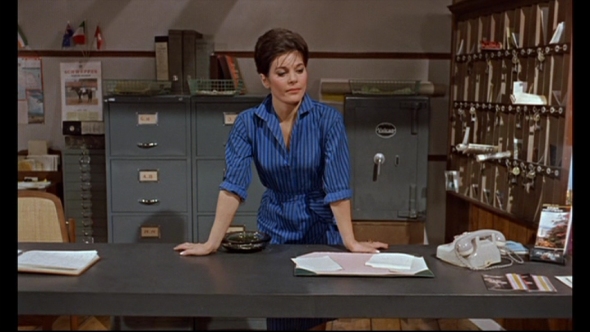
“Dat ass…“
As expected, someone has been through Bond’s room, trying their best not to leave a trace but leaving the telltale signs. He goes to pour himself a drink, but wisely discards the open bottle of vodka. Instead, he just cracks a fresh one open! I mean sure, the other one might have been poisoned, but dammit man, 007 needs his drink!
In the fitful heat of night, something moves under his sheets. It’s not a perverted ghost, it’s…OH SHIT A SPIDER!
OK, so maybe tarantulas aren’t generally lethal. Could have fooled me, though. Apparently neither Connery nor his stunt double wanted to deal with the arachnid. It’s why it doesn’t seem to move when Bond squirms- it’s on a pane of glass above him.
Sweating bullets, he waits for the spider to get back onto the sheets before flipping it off and smacking the shit out of it with his shoe. Every time he whacks it, there’s a brass hit from the soundtrack. It must be one of those musical spiders.
After that eventful day, Bond has plenty of leads and it’s time to just pull the colonial government’s files on No and Crab Key. But Strangways was the last man to borrow them and now they’re gone- that’s why the Mice burglarized his house. Moreover, the file clerk Miss Taro seems to be up to something, snooping in on the conversation. Having noticed, Bond simply puts on the charm offensive and asks her out on a date.
Bond also received a diplomatic package from London, containing a plain Geiger counter (sorry, no Q gadgets here). He heads back to the docks to check Quarrel’s boat, with him and Leiter watching. Bond finds it’s been radioactively contaminated by the samples Strangways brought back from Crab Key. Of course, that’s something Dent didn’t mention in their last meeting. They really need to get to that island soon, but Quarrel’s reticent to go back to that dangerous place. Is it the radiation? No’s armed guards? No, apparently there’s a dragon.
“WHAT?” says Sean.
It’s a plot point that makes no sense. Mythical creatures don’t really work with the universe of James Bond, really clashing with its grittier flesh-and-blood elements as well as its more fantastical technological elements. So we know it can’t be a real dragon. But why would Quarrel, an experienced man and trusted agent for the CIA, believe in something so far-fetched? It just doesn’t gel.
Back at the hotel, Bond has a call waiting from Taro. She invites him to drive over to her house rather than meeting at the hotel.
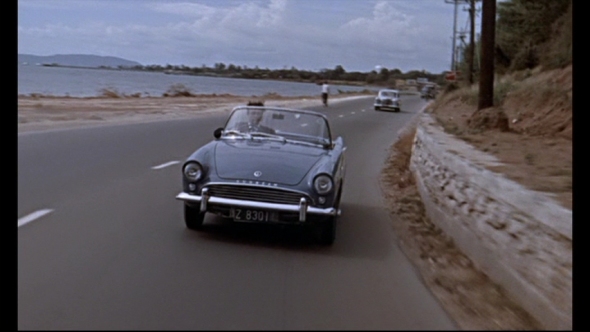
Pictured: Not Sean Connery
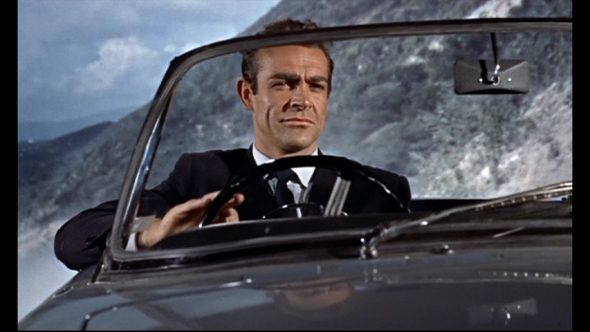
Oh there he is, along with the obvious rear projection we expect from a ’60s film.
But now he’s being tailed- it’s the Three Blind Mice in their getaway hearse! Whipping around dusty mountain switchbacks, they suddenly run into road work. Bond drives his jaunty little roadster straight under the construction excavator, but the Mice’s bulky vehicle has no chance, swerves off the road…and just explodes, from the inside of the passenger cabin, no less!
“How did it happen?” asks the workman. That’s a really good question.
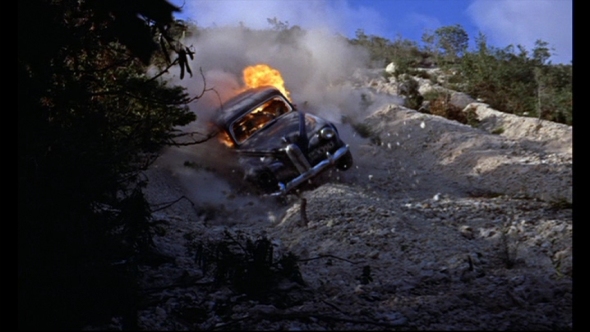
Remember, don’t drink kerosene and drive.
Taro’s shocked to see Bond show up at her door. After all, her invitation was supposed to be a setup. 007 is a bit of a bastard, forcing his way into her house and perving on her. But he knows she’s working for No and is determined to stall her for time. Taro gives in to his advances, determined to stall him as well until the next assassin can show up.
After sex, Taro wants to stall him further with dinner, but he’s determined to eat out, calling a cab despite having come by car. What’s he up to? Also is it just me, or is Sean Connery really menacing when he smiles and lowers his voice?
They leave the house all done up, but surprise!, that taxi is actually the cops, and Bond simply hands Taro over to the commissioner. Damn smooth agent work, if you ask me.
Bond goes back into the house to play the waiting game, rearranging the furniture and setting up a decoy in bed to make it look like he’s asleep. More savvy, resourceful agent work in this film. Eventually an assassin does come in, emptying his silenced pistol into the bed. It’s the Professor! Bond confronts Dent, but he slowly gets his gun off the floor as he talks, before faking him out in the middle of revealing his employers and shooting.
But Bond is unconcerned. He knows Dent used up all his ammo in that assassination attempt. He wastes the guy away anyway, not even bothering to get up from his seat.
Stone cold.
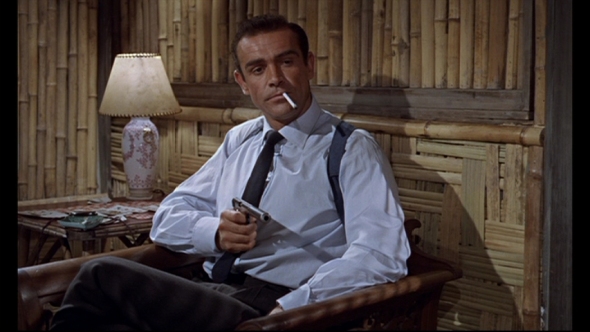
“Real sick of your shit, Professor.”
All this action has made Bond late for the expedition to Crab Key, much to the chagrin of Felix Leiter. They finally set out in the dead of day-for-night. Leiter goes back so he can contact his people, and Bond and Quarrel row onto the island silently. I see Quarrel brought his jug-o-rum as well. Rather than sneak around under cover of darkness, they decide to catch some Zs. Really? Right now? James Bond never sleeps when he’s got partying to do, but he’ll snooze in enemy territory when he’s on the job?
Well, it does let the moviemakers shoot in the daytime, there is that.
Bond awakes in the morning to witness this:
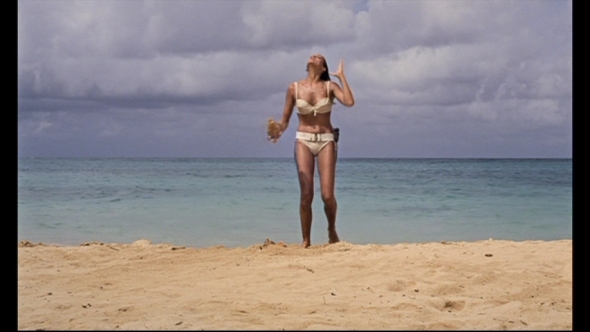
The scene that launched a thousand ships
And she’s singing…Mango Tree?
Seriously, is that, like, the only song people know in Jamaica? We’ve heard at least three separate sung renditions so far, not to mention little uses as a motif.
Bond startles her by starting to sing along, and has to convince her he’s not a threat. “I can assure you my intentions are strictly honourable.” That’s one of the most quintessentially Connery lines ever.
Her name is Honey Ryder, the first in a grand tradition of outrageous 007 ladies’ names. She’s on Crab Key to collect rare (possibly illegal) seashells for sale to collectors. She usually has no problem slipping in and out of the forbidden island, but Bond knows that with all the recent activity No’s security is bound to be on a hair trigger.
Sure enough, Quarrel’s spotted a patrol boat. Everyone hides, and paramilitary goons show up to try and call them out, raking the beach with full-on machine gun fire before leaving empty-handed.
The conversation suddenly turns towards that dragon. Apparently Honey believes in it too, and she’s even seen it. But come on, we all know it won’t be real, and so does Bond, who gives a rational, skeptical reply. She talks about the crazy things she’s seen living creatures do, implying that James doesn’t know nearly as much about the world as he thinks. I suppose that’s true, but all the examples she uses are of animals that actually exist- that’s no reason to just assume the dragon is real as well. Just swap out the dragon in her statements for Bigfoot or leprechauns and see how little sense it makes. The whole dragon thing is really becoming a big distraction from the story.
Bond and Quarrel want Honey to escape quickly so they can continue their mission, but her boat is now riddled with holes. She also knows Crab Key well, so she might as well tag along. Quarrel ditches the rum, though. For shame! Captain Jack Sparrow would be disappointed!
The three wander deeper upriver into the sweltering jungle while 007 is savaged by mosquitoes.
Bugs: James Bond’s worst enemy!
No’s troopers come back with dogs, and Bond comes up with an ingenious trick to hide underwater by using cane reeds as snorkels. One guy almost stumbles upon them, but a startled flock of birds elsewhere in the jungle diverts the search party’s attention.
Luck: James Bond’s best friend!
One goon stays behind, however, and Bond has to sneak up and dispatch him from behind.
Having lost the patrol, our heroes venture onwards.
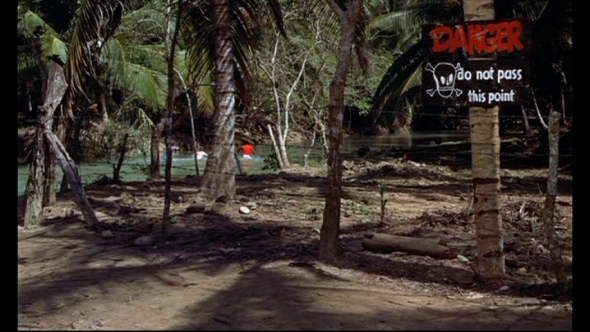
Salad Fingers? Is that you?
They eventually stumble upon…dragon tracks?

OH COME ON!
Bond and Honey get to talking about their lives. Her father was a marine researcher who disappeared on Crab Key- likely No’s doing. Take note because the movie will never bring it up again. Orphaned after his death, she’s learned to live alone and take care of herself despite a tragic life.
And now I really have to let loose and talk about the dragon.
We know for sure it’s a vehicle now. Earlier I rhetorically asked why Quarrel, an experienced sailor and trusted agent for the CIA, would possibly think a truck was a dragon. Now we know Honey Ryder was the daughter of a scientist who traveled the world, and she reads the encyclopedia in her spare time. How about such entries as A for Automobile? T FOR TRUCK!
These people aren’t isolated tribesfolk with no prior contact with industrial societies. For fuck’s sake, BOTH OF THEM KNOW WHAT MOTOR VEHICLES ARE! Their characterization doesn’t make any sense, unless…
I really don’t want to overreach in my analysis, and I do hate it when “cultural critics” politicize works of entertainment and use dubious selective interpretations to impute uncharitably negative motives to them.
But let’s be honest, good old-fashioned paternalistic chauvinism is the only reason I can think of that these characters are portrayed as believing in such a stupid thing, in a movie without a hint of the supernatural. The native islander and the woman are noble and savvy, but essentially infantile and superstitious. They’ll readily believe in any crazy notion, absent a European man’s level-headed appraisal.
What other mindset could possibly create characters like this, in a story that’s otherwise well-crafted and generally respectful to its characters and locales? Things have changed in the half century since Dr. No came out, leaving the dragon plot element simply feeling…wrong.
Quarrel interrupts the reverie to announce the dragon is coming quick, so they set out to see it…and keep going…and keep going…
If it’s quick and nearby, why do they seem to be walking for so long? This whole middle act on Crab Key could really do with some snappier editing.
But there it is at last, in the middle of a swamp. And yes, of course it’s a fucking truck. That looks like something from a monster truck show.
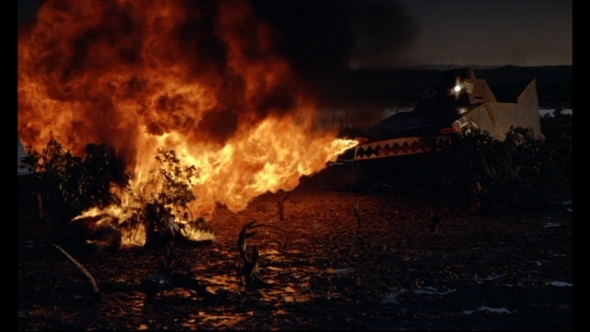
DON’T MISS the fire-breathing Dragonmobile, THIS SUNDAY at the Civic Arena!
Of course, Quarrel stubbornly maintains it’s a dragon even after hearing it speak English from a loudspeaker and rev up its diesel engine. See my big diatribe above. If Dr. No’s people had painted the truck red and white and given it a big hat, would Quarrel and Honey have thought Santa Claus was guarding Crab Key?
Quarrel quickly comes to his senses and tries to help Bond take out the monster truck, but they just can’t do enough damage with their pistols. Quarrel is killed, and Bond and Honey have no choice but to surrender to guys in clean suits.
Conveyed via Truckasaurus into the secret base, the two are scanned for radiation, hosed down and stripped of their contaminated clothes. Wow, this is going to be an intense scene where the heroes are dehumanized as captives of the antagonist, at the low point in the second act. Right?
Nope.
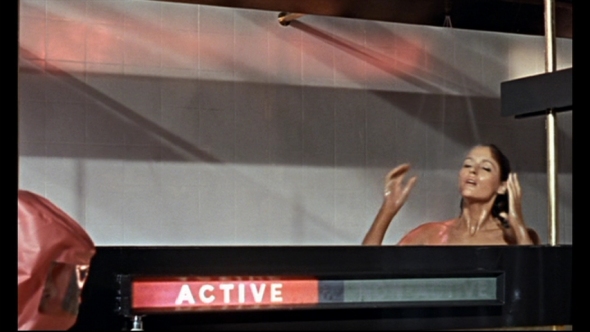
“For healthy, natural, beautiful hair, try SPECTRE.”
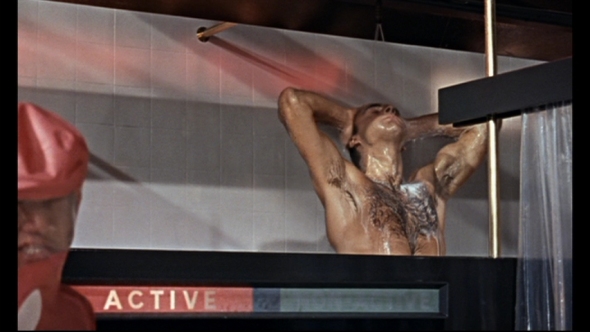
“Now also introducing new SPECTRE for Men.”
This is supposed to a radioactive scrubdown, not a glamour shot! I haven’t seen Austin Powers in years, but didn’t the first movie parody this scene a little when Austin gets thawed out of cryofreeze? Without any weight and significance to it, this scene is completely pointless. In fact, the whole second act of the movie is still dragon. GET IT?!
But suddenly everything gets very surreal.
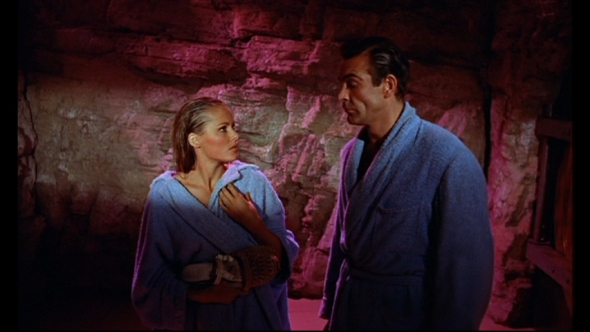
“It would seem we’ve stumbled onto a set for Star Trek.”
Honey and James are ushered through a purple-lit cave and thick coppery vault doors to meet…the bizarrely motherly reception staff for a subterranean guest quarters. What a mindjob!
They’re shown to a stylish double suite immaculately prepared for them, including tailored outfits. They’re to join Dr. No for dinner. So, prison in style, eh?
And wait…this means those goons on the patrol boat weren’t bluffing when they asked our heroes to come out of hiding? They actually just wanted to have Bond and company over for tea? Wow, if they had surrendered on the beach, Quarrel might still be alive.
There’s a light breakfast ready for them, but the coffee has been drugged and they pass out. Why? Dr. No could have had our heroes simply restrained, detained in simple rooms, or just given knockout gas in that purple cave for the extra supervillain touch. Why go to all the trouble of furnishing hospitable lodging for your foes if you just want to knock them out anyway before meeting them?
Then, in the middle of the night, a creepy figure with immaculately pressed pants enters…and just watches Bond sleep.
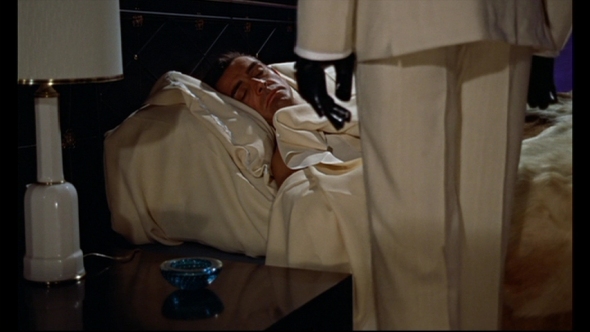
Slenderman: The Early Years
When Bond and Honey awaken, the hospitality is there to get them ready for their big date. They dress somewhat garishly in a Nehru jacket and pink Shanghai blouse respectively.
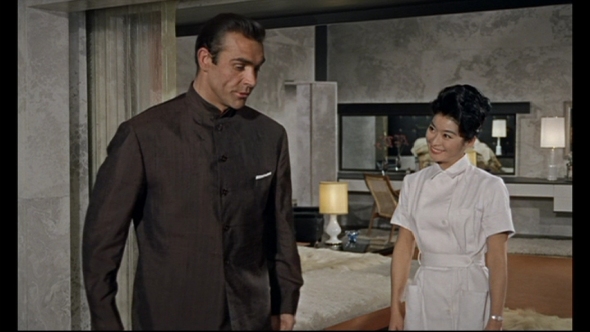
That kindly smile isn’t quite so welcoming anymore.
They ascend to a master bedroom with the strangest clashing decor.
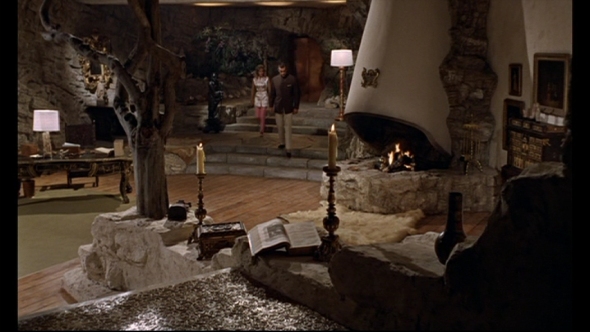
Enter the Slender Man himself. Tall, skinny, ramrod-straight…and white? You can tell he’s extremely proud of everything he’s done, despite his stern flattened affect. Right away, Bond tries to get under his skin.
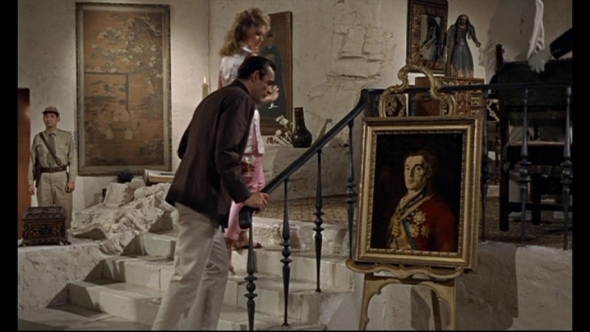
DATED REFERENCE EXPLANATION: This Goya painting had actually been stolen from the London National Gallery the year before. It was eventually returned by an elderly retiree who claimed he had stolen the painting to protest BBC licence fees. Not as spectacular as a secret mastermind, but still rather fascinating.
Over dinner, No tells his life story. The abandoned son of a German missionary and a Chinese society lady, he worked his way up through the Chinese underworld to become a triad treasurer, before running off with all their gold. Pretty big enemies to make. He’s also got a keen interest in nuclear power- a radiation accident accounted for the loss of his hands, and the reactor that powers the Crab Key base is the source of all the mysterious contamination.
Before he tells Bond any more, he bids his goons to throw Honey in the dungeons. The tense calm of the dinner is shattered as Bond rather panickedly (is that a word?) leaps up from his chair for a fight, but he’s at a complete disadvantage and is shown back to his seat.
I do really like how much James is trying to piss off Dr. No. He critiques No’s taste in vintage champagne, and brings up his missing hands. Really ballsy. He is pretty angry at the guy, and after all his razor tongue is the only weapon he has right now. Maybe he’s hoping he can get No to lose his cool. If he taunts him, he may become so cross he makes a mistake, to paraphrase a certain movie for the second time in this review.
No reveals he works for no known world power, but a secret organization called…SPECTRE! So that’s why he’s not afraid of the Chinese mob- he’s got even nastier friends! It also means, somewhat ominously, that for all his power and menace there are others like him, and he’s not even at the top of the pyramid! So begins the great classic saga of the original 007 films, a continuity that will be kept through the 1960s.
Despite his perpetual calm, it’s clear No’s conceit is easily wounded. Bond continues to needle him, shrugging off No’s respect for him and rebuffing his offers of SPECTRE employment. No finally grows tired of him, labeling him “just another stupid policeman.”
OH SNAP!
That may just be the greatest insult anyone’s ever dealt James Bond.
With preparations beginning for the moon launch sabotage, No leaves while his troops kick the shit out of James and lock him in a cell.
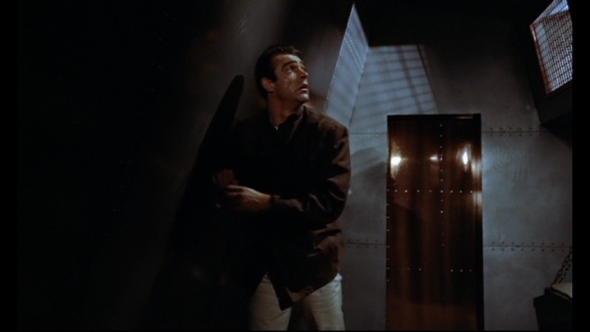
Spartan, but still stylish.
The obvious vent is electrified and throws Bond across the room, but still so flimsy he can pat it open with shoes on his hands. Gotta go with union contractors next time, SPECTRE. The tunnels on the other side are bizarrely full of weird cosmic bloops. Are we supposed to infer 007 is claustrophobic? Is it all in his head? What the hell’s going on? Then, out of nowhere, a great cascade of water! He crawls around the bend to find another grate opening into that decontamination room from earlier.
But wait…the shots clearly show Bond crawling forwards and then around a corner. That is to say, consistently on the same level. So does water just burst out of air vents and flood rooms in Dr. No’s secret base all the time? Hope all the sensitive machinery is waterproof. God, the mold problems must be awful.
Bond jumps a technician and snags himself a cleansuit so he can slip into the master control room. Helpfully, it covers most of his face so he can blend in. The room is a classic Ken Adam set design, blending technical details with that surreal modernist style. That exposed swimming-pool reactor just in the middle of the room seems odd, but isn’t actually as implausible as it seems, resembling some of the crude nuclear test rigs of the 1950s. It does make blooping noises, the classic 1960s sound effect indicating technology.
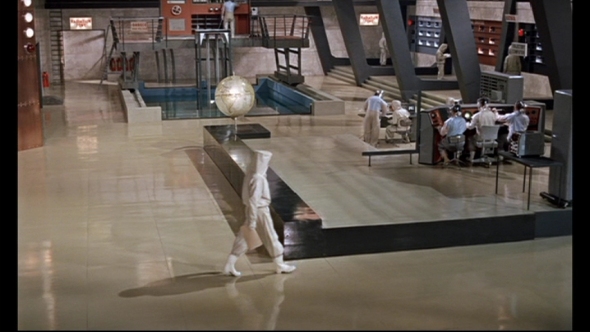
“See, without the globe there to remind us, how are we ever going to remember to take over the world?”
Everyone has their silly suits on, and Dr. No is personally there at the helm. They’re watching the launch they’re about to sabotage live via newsfeed.
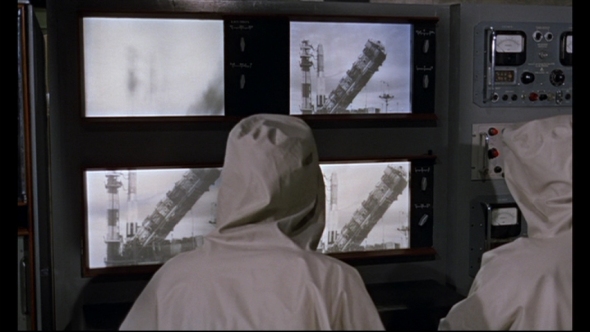
SPACE GEEK POINT!: The newscast mentions this is a Mercury launch, but Mercury was absolutely incapable of going to the moon, and the video footage shows what’s almost certainly a Titan I missile.
Amidst all the activity, Bond stands there nervously, absolutely unsure of what he’s supposed to do. Luckily, No mistakes him for the guy he took out, and tells him where to go, atop the reactor assembly next to a guy whose suit makes him look like some sort of marshmallow man.
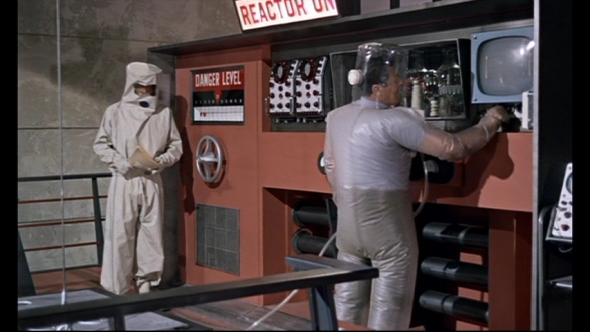
And I’ve just realized another thing about Dr. No that seems odd now. Julius No is Chinese, I get that. Why are all his employees Chinese or at least Asian-y? SPECTRE isn’t Asian. Sure, maybe No’s got connections from his triad days that made it easy for him to hire from the Chinese underworld. But even Taro, the mole inside the Jamaican Government House, is supposed to be Chinese. There is a strange, racialized vibe to the way the villain seems to bring “his kind” with him to do his villainy, no matter where he goes. Another example of old, outdated mentalities in film?
The countdown is running out for the American launch. With no time to figure out something more elegant, Bond simply turns the reactor to the DANGER LEVEL, sending the room into a panic. As the rocket blasts off safely, No rushes up to fight Bond himself, on top of the reactor rig. The fight is quick but appropriately intense, with the weight of the two causing them to sink down towards the boiling coolant pool. No’s heavy hands pack a wallop, but when Bond clambers to safety, he has no grip and slides under the steaming surface. That’s a hell of a first villain sendoff.
The Titan I Mercury moon probe is streaming triumphantly into the sky, but that reactor didn’t have a DANGER setting for nothing.
Armed henchmen and techs are fleeing everywhere, but nobody seems to care about Bond anymore in the panic. Not with a meltdown on their hands. Bond frantically locates a staffer who knows where Honey was locked up, some sort of water chamber where she is slowly being flooded. They flee to the surface mine, where everything is on fire for some reason.
An impressive number of extras are running in the chaos and leaping into the sea. Our duo commandeers a small boat and gets away before:
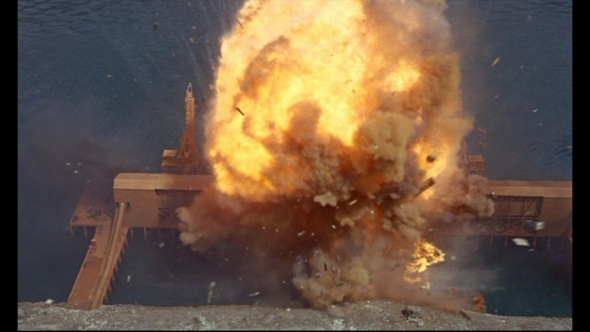
That’s actually a pretty spectacular miniature shot, considering the movie’s limited budget.
Time elapse, and Bond and Honey are stranded at sea without fuel. But at least they can have sex now. Huzzah!
In due time, Felix Leiter and a platoon of jolly soldiers come in to give them a tow. But the two heroes decide they want another go, and undo the tow line.
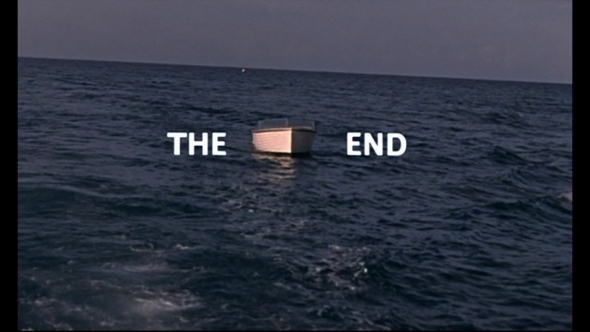
Their bodies were never found.
So there’s Dr. No, first in a long line of movies. What do I think?
I think I’ll start with the negatives first, since that means we’ll always end on a high note.
The dragon plot line is definitely the worst thing about the film. It’s dumb, doesn’t fit the overall tone of 007’s story world, distracts from the main plot, and as I’ve mentioned betrays a rather outdated approach to characterization.
Honey Rider, though visually iconic, is essentially pointless as a character. She does nothing of consequence in the plot, and that thing about Dr. No killing her father is mentioned once and then completely forgotten with no resolution, meaning she has practically no character arc.
The whole second act, starring both Honey and Truckasaurus, goes on for far too long and is in dire need of some snappier editing.
The early 1960s cinematography can be truly outdated, with plenty of sloppy mid-scene jump cuts and awkward, disjointed dialogue dubs. Honestly, the first time I watched Dr. No, I thought there was dust or damage on my disc, that’s how pervasive it is.
The soundtrack is also pretty unremarkable, and clearly dates from an age when movie music wasn’t seen as nearly important as it is nowadays. The James Bond theme is cool in all its variations, and adds a lot of swagger and style to the scenes where it shows up. But the rest of the score is the sort of basic 1960s “suspense” stuff that would sound just as at home in a period cartoon like Jonny Quest or Space Ghost.
But there’s so much to like about Dr. No.
When the cinematography’s good, it’s great, featuring long takes, nice camera movement, complex scenes full of extras, and great perspectives. Ken Adam produces some great expressionistic sets, and would go on to be a long-standing member of the 007 crew, responsible for a good deal of its visual iconography. The location shots are lush, full of character, and give Jamaica a pretty respectful treatment, especially considering the colonial mentalities of half a century ago.
The movie has a far slower and more deliberate pace than later Bond films. It’s a rather intimate and personal detective story, making the buildup into spectacular supervillain territory feel not only well earned, but even surprising and exciting. James Bond relies on his resourcefulness, intellect, and skill with people a lot more than some of his later outings. This makes him seem both dangerous and vulnerable at the same time, and gives the whole movie a greater sense of actual espionage.
Those characteristics make the first act pretty much brilliant, in the same way the major complaints made the second act flounder for me.
The cast are great, not only Connery as Bond but all the villains and creeps, allies in the field, and MI6 stalwarts. They not only lend personality to their roles, but set trends and helped create film tropes, helping create archetypes of enemies and allies.
In fact, this whole movie is a trendsetter. The characters, the plot, the tone and subject matter, the sense of style, even the theme song! All became things other genre pics emulated, parodies riffed on, and even people who don’t care about 007 have been familiar with for decades. I don’t think it’s hyperbole to say Dr. No changed movies. This one is the instigator, the originator.
I’d go so far as to say it’s required watching for anyone who is earnestly interested in the history of Western cinema, mass media, or popular culture.
Not bad for a relatively low-budget picture with muted expectations. But they were only getting started.










